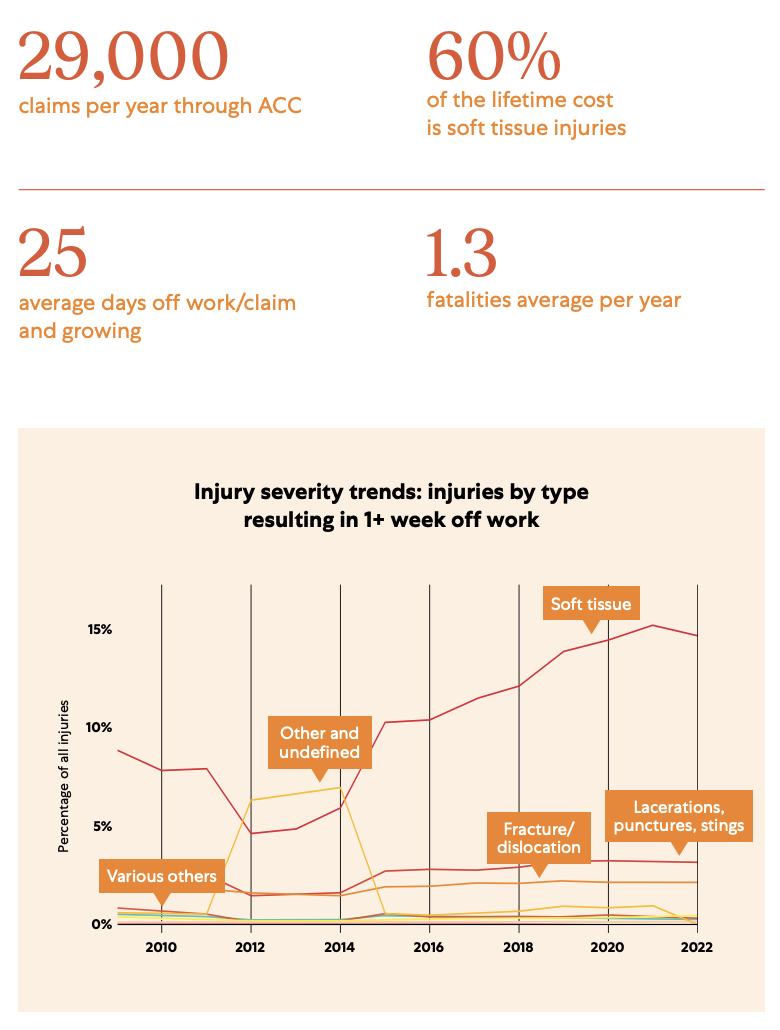
Estimations for economic burden also hit $1.23 billion, report finds

The annual Accident Compensation Corporation (ACC) claims in New Zealand's manufacturing sector are now costing over $165 million, according to the Employers and Manufacturers Association (EMA).
The EMA's Harm Reduction Action Plan for Manufacturing, known as Project Whakahaumaru, revealed the annual ACC cost in manufacturing has marked a major surge from the $91 million just nine years ago.
Weekly compensation costs have also doubled to $109 million in 2024 from the $51 million in 2015.
"WorkSafe estimates 5,000 disability-adjusted life years lost annually to chronic harm. The International Labour Organisation estimates a total economic burden of $1.23 billion," the report added.
John Fraser-Mackenzie, EMA's Chief Executive, said the findings underscore the need to balance economic benefits with workers' health, safety, and wellbeing.
"By safeguarding and protecting workers, we are directly improving business outcomes for the whole country. It's vital we deliver an action plan that gets this right and delivers practical support to businesses and workers on the factory floor," he said in a statement.
Project Whakahaumaru further revealed that acute harm from soft tissue injuries, such as strains and sprains, accounts for the highest share of compensation claims to ACC.
It has seen a significant rise from five per cent in 2014 to around 13% by 2024.

Source: Project Whakahaumaru
According to the report, businesses employing six to 99 employees experience the highest incidence of injury claims. Older workers, or those above 60 years of age, also account for a much higher share of the lifetime costs of harm.
Ethnic minorities are also "disproportionately affected," the report found.
Māori, Other Ethnicity, and Residual Category groups accounted for the highest claims incidence, while Pacific Peoples also experience a higher incidence rate compared to their European and Asian counterparts.
"These disparities suggest that injuries among these groups are more severe or take longer for recovery," the report read.
Renee Graham, ACC's Head of Injury Prevention, said the report provides an important foundation for improving health and safety outcomes for the sector.
"Manufacturing is behind other sectors such as construction, farming, forestry, retail, and logistics, which are already taking coordinated action to reduce harm in their sectors," Graham said in a statement.
"There's a real opportunity to improve outcomes for workers and businesses in manufacturing. ACC is committed to working with the industry to help prevent harm and help address the rapidly rising costs."
New Zealand's manufacturing sector employs nearly 230,000 people across 23,000 businesses, employing approximately 10% of the national workforce.